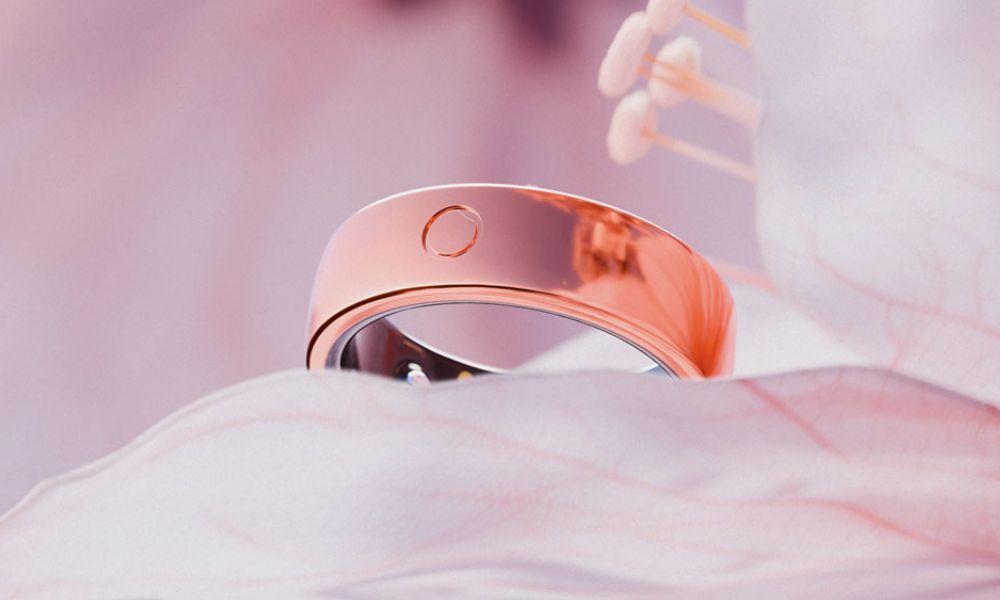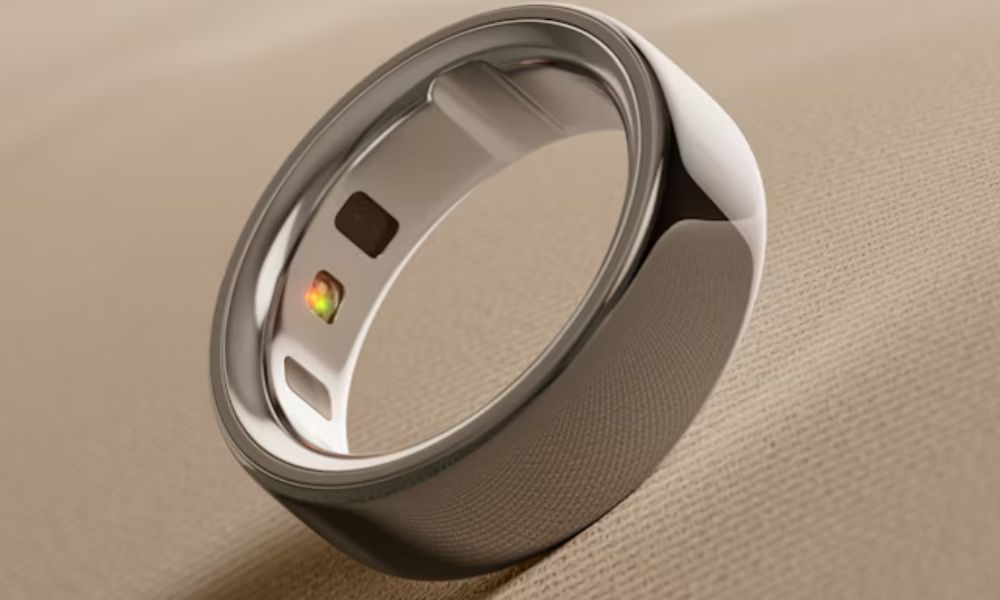As wearables continue to shrink and get smarter, smart rings are quickly becoming the next frontier in personal health and fitness tracking. Whether you’re focused on sleep quality, heart rate, activity tracking, or recovery, smart rings offer powerful functionality in a sleek, discreet form factor. Among all contenders, the best smart ring debate largely centers around two heavyweights: the Oura Ring 4 and the Circular Ring 2.

These two devices are redefining the wearables landscape. While the Oura Ring is already well-established in the wellness community, Circular’s second-generation smart ring offers competitive innovation and style. In this detailed guide, we’ll break down everything you need to know from sensors to software so you can decide which ring truly deserves the title of best smart ring.
The Rise of Smart Rings: A Compact Revolution
Smart rings are carving out a unique space in the wearable market. Unlike bulkier smartwatches and fitness bands, rings are minimalist in design but rich in functionality. With features such as 24/7 heart rate tracking, sleep analysis, temperature monitoring, and even readiness scoring, these tiny devices offer users a complete view of their health without ever needing a screen.
The appeal goes beyond just size. Smart rings are often more comfortable, especially for people who find wrist wearables intrusive or distracting. Plus, their battery life tends to outperform traditional fitness trackers thanks to more energy-efficient hardware. As more users opt for discreet health tracking, the market is heating up, and the smart ring comparison between Oura and Circular is more relevant than ever.
Design and Comfort: Sleek, Stylish, and Practical
When evaluating the best smart ring, comfort and design are high priorities. You’ll likely be wearing the device 24/7, including while sleeping and working out. The Oura Ring 4 retains its signature clean and premium look, crafted from durable titanium with a matte or glossy finish. It’s slightly wider than a standard ring but still light enough to wear without noticing. Available in multiple finishes, including silver, black, and gold, the Oura Ring leans into fashion as much as function.
On the other hand, the Circular Ring 2 features a more customizable approach. It offers interchangeable outer shells that allow users to match their style or mood. This is a great plus for people who enjoy changing up their look without switching devices.
Circular is slightly slimmer in profile than Oura, which might be preferable for users with smaller hands or minimalist tastes. Both rings offer excellent build quality, but when it comes to design flexibility, Circular has a slight edge. For pure elegance and luxury appeal, though, Oura continues to stand strong.
Health Tracking and Features: A Deep Dive
What really matters in a smart ring comparison is how well the device performs when it comes to health and wellness features. Let’s start with Oura Ring 4 features. This model builds on its already robust reputation, offering advanced sleep tracking, continuous heart rate monitoring, temperature sensing, and blood oxygen (SpO2) monitoring. What sets Oura apart is its “Readiness Score,” which combines multiple metrics to tell you how well-rested and recovered you are each day.
Now, take a look at Circular Ring 2 features. The second-generation model includes sleep analysis, heart rate variability, oxygen saturation, respiration rate, and even alertness scoring. Circular also integrates its own AI-powered assistant, “Kira+,” which interprets your health data and provides personalized insights and coaching tips, something Oura doesn’t offer natively. Another bonus is its “Boost Mode,” which lets users activate real-time tracking during workouts.
When it comes to raw data collection, both devices are incredibly capable. Oura may be slightly ahead in terms of data accuracy due to its more established research backing, but Circular pushes innovation with its smart assistant and real-time feedback capabilities. The Circular Ring 2 vs Oura Ring 4 battle here is nearly a tie, with each brand offering unique strengths.
App Experience and Data Insights
A wearable device is only as good as the platform that supports it. Fortunately, both brands offer solid mobile apps that are easy to navigate and rich in insights. Oura’s app is sleek and user-friendly. It simplifies complex data into three main scores: Sleep, Activity, and Readiness. While minimal in design, it provides actionable feedback and trends over time. It also integrates with third-party apps like Apple Health, Google Fit, and Natural Cycles, making it compatible with a larger health ecosystem.
Circular’s app experience is a bit more feature-packed. Users get daily health reports, historical trends, and customized coaching from Kira+. While the app may have a slightly steeper learning curve, it rewards users who like to dig deeper into their health metrics. Circular also supports third-party app integration, though its ecosystem is not as extensive as Oura’s just yet. In terms of ease of use, Oura wins. For data depth and coaching, Circular gets the nod.
Battery Life and Charging
Battery life is a major selling point for any wearable. After all, constant charging defeats the purpose of passive health tracking. The Oura Ring 4 typically lasts between 4–7 days on a single charge, depending on usage. It also features a fast-charging dock that tops up the battery in under an hour.

The Circular Ring 2 boasts a similar 4-day average battery life but goes a step further by offering a removable battery system. You can swap the battery module and continue using the ring while the other charges, an innovative touch that minimizes downtime. While both perform admirably, Circular’s swappable battery gives it an edge for continuous use without interruption.
Price and Value for Money
Both rings sit in the premium wearable category, so it’s essential to consider what you get for your money. The Oura Ring 4 is priced around $300–$350, depending on the finish. However, it also requires a monthly subscription of $5.99 to unlock most of its advanced features and insights. While this subscription model might not appeal to everyone, many users find the insights worth the price.
Circular Ring 2, in contrast, is slightly more affordable and does not require a subscription. All features are unlocked with a one-time purchase, making it a better deal for budget-conscious users who want full access without ongoing fees. If you’re focused on long-term value and want to avoid subscriptions, Circular might be the best smart ring for you. If you prioritize accuracy and sleek software, Oura could still be worth the investment.
Which Smart Ring Reigns Supreme?
Choosing the best smart ring ultimately depends on your priorities. If you’re someone who values seamless design, proven accuracy, and a polished app experience, the Oura Ring 4 remains an excellent choice. It’s reliable, well-supported, and ideal for users who want health insights without micromanaging data.
On the flip side, if you crave personalization, in-depth insights, and innovative features like AI coaching and modular batteries, the Circular Ring 2 is incredibly compelling. It’s pushing the boundaries of what smart rings can do and offers great value with no monthly fees.
In the battle of Circular Ring 2 vs Oura Ring 4, both contenders bring impressive strengths. One excels in polish and data accuracy; the other in innovation and flexibility. Either way, you’re getting a high-performing smart ring that’s ready to support your wellness journey.


No Comments